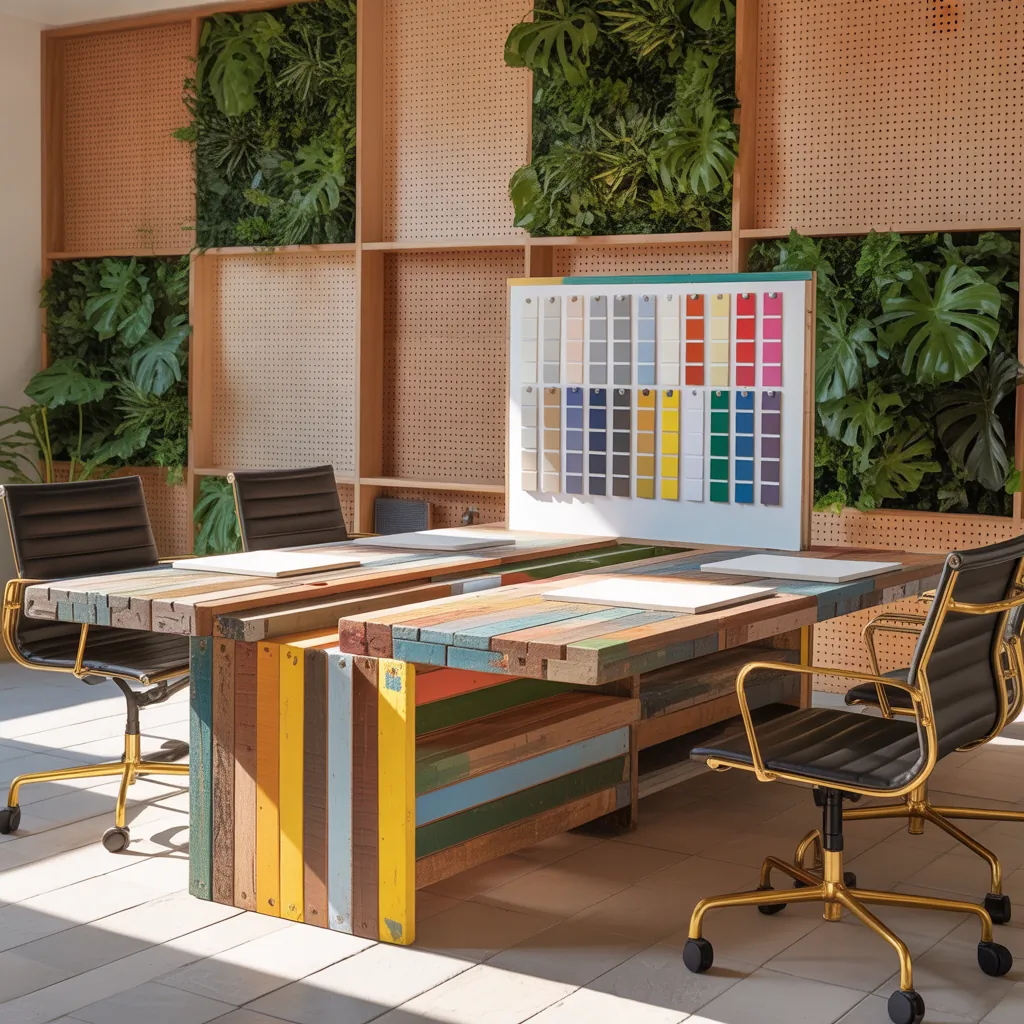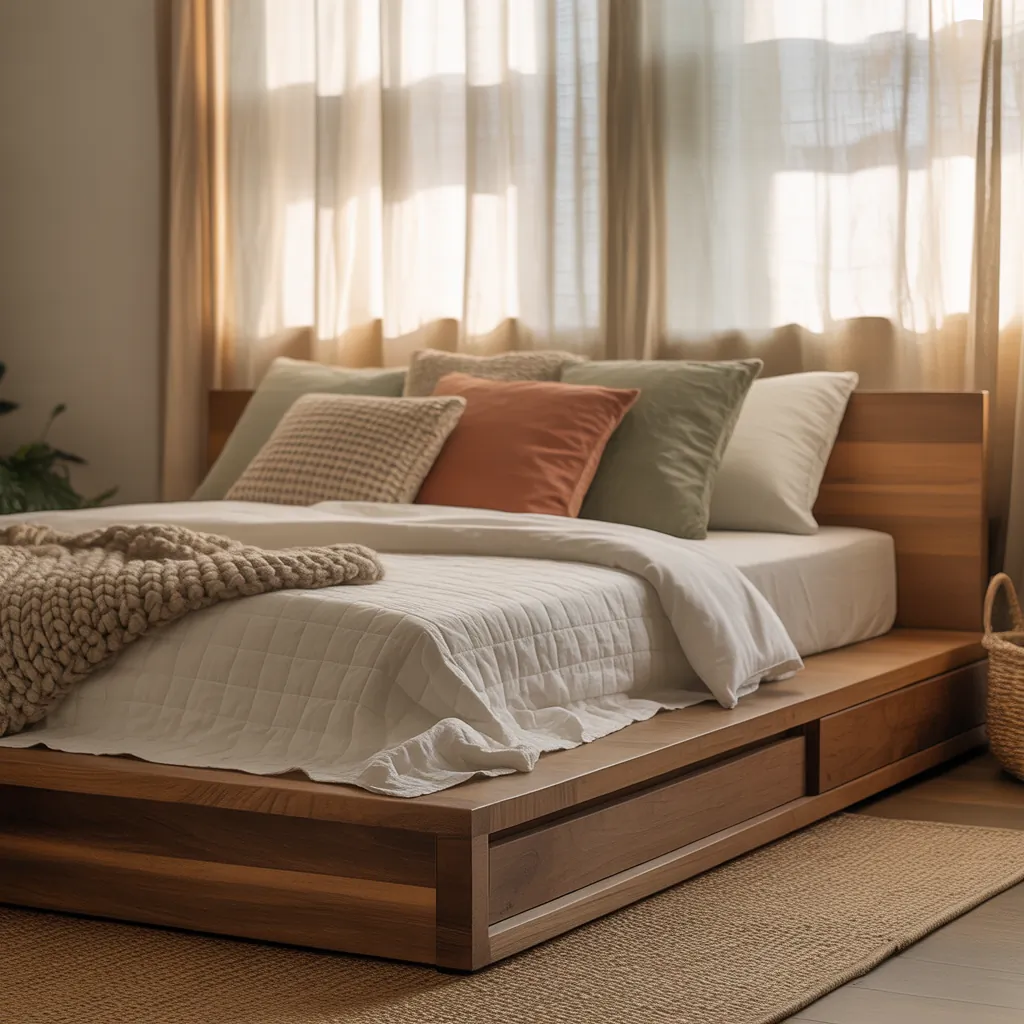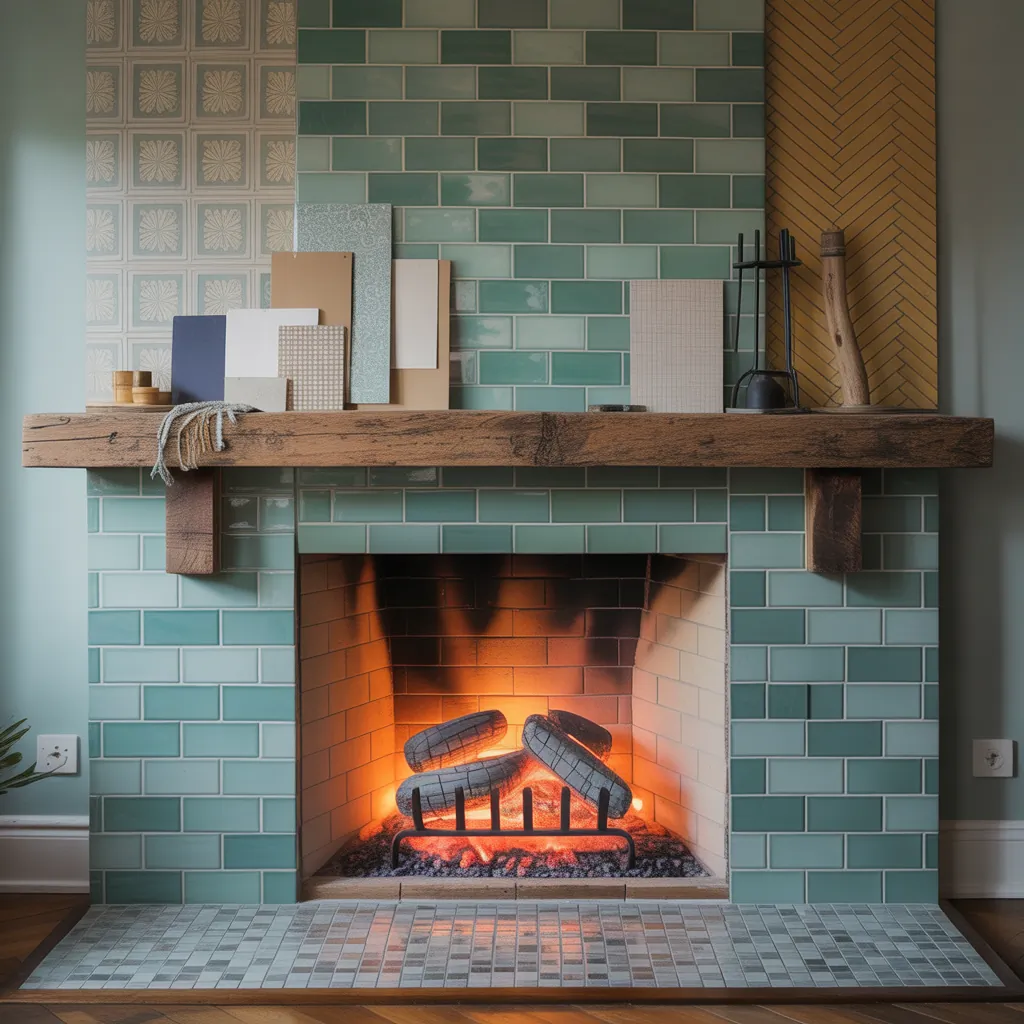Ever stood staring at a spare room thinking, “This could be a perfect meeting space — if only the furniture matched”? Maybe you rescued an old farm table from the curb, or inherited a mismatched set of office chairs, and now you’re wondering how to turn a blank room into a useful, welcoming conference area without blowing your budget. Whether you’re outfitting a home office meeting room or refreshing a corporate small conference space, these ideas for conference room furniture will help you plan, DIY, and style a functional room that fits your needs.
Why the right furniture matters for meetings and collaboration
Good conference room furniture does three things: promotes productivity, offers comfort, and sets the tone for the space. The wrong table size, poor cable management, or uncomfortable seating can derail a meeting faster than any agenda. Use furniture to control acoustics, circulation, and technology so your space supports long discussions, presentations, or casual team brainstorming.
Top ideas for conference room furniture — from DIY tables to modular seating
Here are high-impact options to consider when selecting furniture, with a mix of store-bought, upcycled, and DIY choices.
- Modular conference tables: Combine smaller tables to form larger surfaces that can be reconfigured for workshops or smaller meetings.
- Round meeting tables: Ideal for discussion-based meetings and small conference rooms to promote eye contact.
- Foldable or nesting tables: Great for multi-use rooms — store when not in use to free up space.
- Ergonomic conference chairs: Choose breathable fabrics, lumbar support, and casters for mobility.
- Built-in storage and credenzas: Keep supplies, remotes, and tech tidy with hidden storage.
- Acoustic panels and soft seating: Add upholstered benches or couches to reduce echo in large rooms.
Small conference room furniture ideas
If you’re working in a tight footprint, go vertical: wall-mounted shelves, a slim rectangular table (36–48 inches wide), and stackable stools or slim-profile chairs. Floating cabinets keep floor space clear while providing practical storage for chargers and supplies.
Budget-friendly meeting room furniture tips
Look for quality used pieces and repurpose household items. An old solid-core door can become a stunning conference table with new legs and a finish. Shopping secondhand and giving pieces a fresh coat of paint or new upholstery saves money and creates character.
DIY: Build a budget conference table (step-by-step)
A simple, durable table is the backbone of any meeting room. Here’s a step-by-step DIY plan for a 96″ x 36″ conference table using common materials.
- Materials: 96″ hardwood plank or butcher block top (or join two 48″ boards), four metal hairpin or steel legs, wood screws, wood glue, sandpaper, stain/clear coat, cable grommet (optional).
- Tools: Drill, circular saw (if resizing top), clamps, tape measure, brush or rag for stain.
- Step 1 — Measure the room: Leave at least 36″ of circulation behind chairs and 24″ between chairs at the table.
- Step 2 — Prepare the top: Cut the top to length, sand surfaces smooth (start with 80-grit, finish with 220-grit).
- Step 3 — Assemble and reinforce: If joining boards, use wood glue and biscuits or pocket screws to prevent separation. Add a center support rail if the table is long.
- Step 4 — Attach legs: Mark leg positions (typically 3–6″ from each corner), pre-drill, and fasten securely.
- Step 5 — Finish: Apply stain or paint; seal with polyurethane for durability. Install cable grommet or discreet power strip for tech needs.
- Step 6 — Dress the room: Add chairs, a rug to anchor the table, and soft lighting to complete the look.
Design inspiration and layout tips
Choose a style that reflects your brand or home aesthetic: modern minimal, industrial with metal accents, rustic reclaimed wood, or Scandinavian light woods and clean lines. Consider these practical layout tips:
- Position the table so natural light sources are balanced with glare-free screens.
- Leave 36–48 inches from the table edge to walls or other furniture for easy movement.
- Integrate a credenza or media cabinet to house AV equipment and hide cables.
- Use rugs to define the conference area and soften acoustics.
Tech and cable management ideas
Power and connectivity are critical. Plan for recessed power modules in the table, or install under-table cable trays. A simple DIY cable chase using PVC pipe concealed under the table keeps cords out of sight and organized.
Finishing touches that elevate a meeting room
Don’t underestimate lighting, acoustics, and greenery. Pendant lighting over the table provides focused light and a design statement. DIY acoustic panels made from fabric-wrapped insulation or reclaimed wood with felt backing reduce echo. Add low-maintenance plants to bring warmth and improve air quality.
Frequently Asked Questions
1. What size conference table should I buy for a medium room?
For a medium room (approximately 12′ x 14′), a table 72–96 inches long and 36–48 inches wide typically works well. Always measure clearance for chairs (36″ behind chairs) and consider the number of participants to determine table length.
2. Can I make a conference table from an old door?
Yes. A solid-core or exterior door can be repurposed into a sturdy table top. Trim to size if needed, reinforce with center rails, attach legs, and finish with sanding and varnish. Add a power grommet for modern functionality.
3. How do I choose chairs for different meeting lengths?
For long meetings, prioritize ergonomics: lumbar support, adjustable height, and comfortable cushioning. For short huddle spaces, stylish stackable or molded plastic chairs are fine. Balance comfort and budget based on typical meeting duration.
Real-world advice before you buy or build
- Measure precisely and mock up layouts with painter’s tape on the floor.
- Test seating before you buy — comfort is subjective and worth trying in person.
- Prioritize durable finishes if the room sees heavy use (commercial polyurethane or epoxy tops for tables).
- Keep flexibility in mind: choose pieces that can be repurposed for other rooms if needs change.
Ready to tackle your next room upgrade? Try a DIY conference table project this weekend, or mix and match affordable secondhand chairs with a new modular table to refresh your meeting space without a full renovation. If you want step-by-step plans for more home projects, check out our DIY projects and explore style ideas on our home design ideas page. For kitchen and adjacent workspace upgrades, see our kitchen upgrades section for layout tips that cross over beautifully into shared family work zones.
Conclusion — Bring your conference space to life
Whether you’re sourcing modern commercial pieces or building a statement table from reclaimed wood, these ideas for conference room furniture give you practical options that balance style, function, and budget. Start with measurements, pick a focal piece (usually the table), address comfort and tech, then add finishing touches that reflect your personality. Ready to create a meeting space that works? Grab your tape measure, sketch a layout, and try one small DIY project today — you’ll be surprised how quickly a room transforms.



